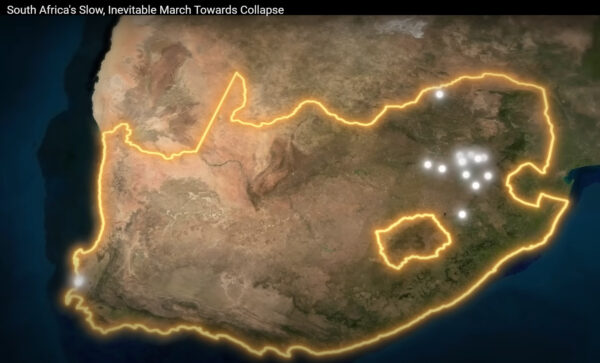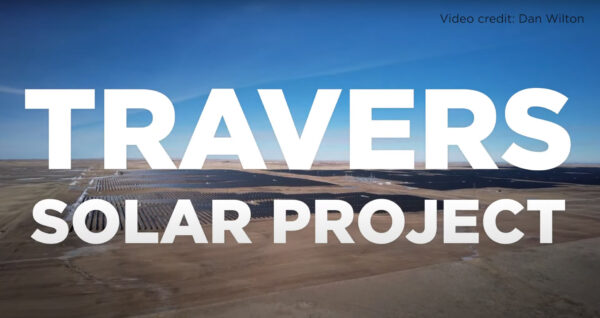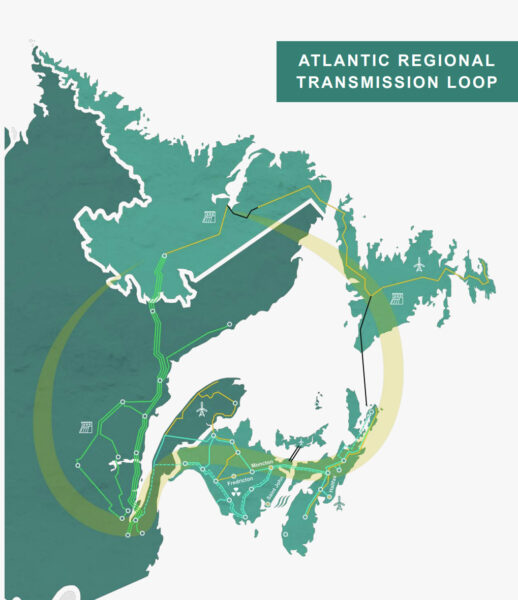
If you haven’t been paying attention, South Africa is falling apart. The reasons are many and various. But a principal factor is an increasingly unreliable power grid leading to up to a third of the grid being in the dark at any one time.
This is why Pipeline Online has been covering the reliability of the Canadian electrical grid with such intensity. Politicians talk about “reliability, sustainability and affordability of the electrical grid.” As these videos outline in great detail, when reliability collapses, nothing else matters. South Africa has at times one third of its grid in rolling blackout. Everything from food preservation to industrial factories to medical operations ends up in peril.
The minute any grid operator, power generator, or government starts talking about “load shedding,” things are going to hell in a handbasket in a hurry.
And as a reminder, the Alberta grid had eight “grid alerts” in the last year, each time when wind and or solar power generation failed. Alberta is a jurisdiction that has more coal, oil, and gas than God, because God gave all of his to Alberta. The only way this could happen is sheer and utter incompetence. You might consider that getting rid of reliable and cheap coal-fired power generation in favour of more and more wind and solar power might be indicative of this. And in the last few days, Alberta brought on another 297 megawatt wind farm, bringing their total wind generation to 4,150 megawatts. Two years ago, it was closer to 2700 megawatts.
Here’s a couple recent videos on YouTube discussing the ever-worsening plight of South Africa.






